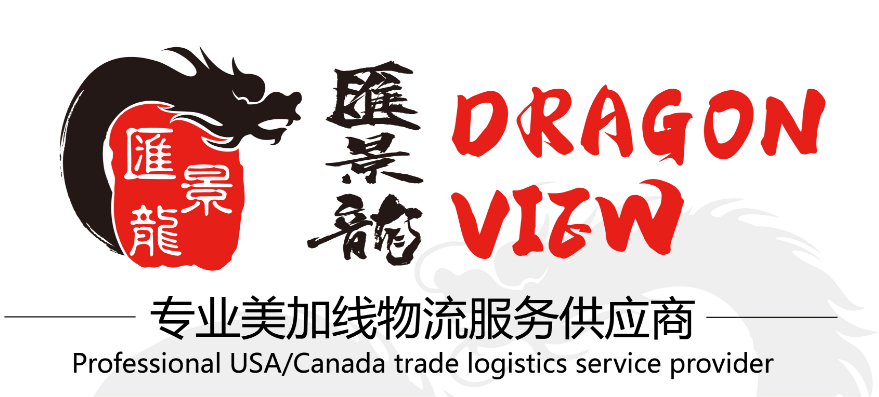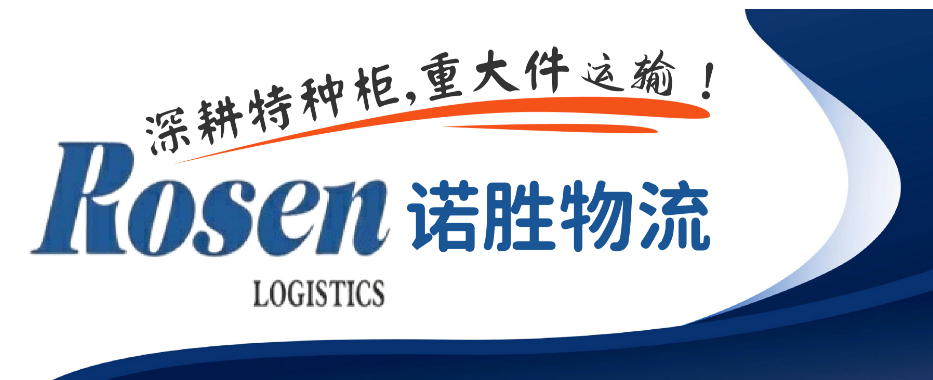跨大西洋航线全年保持稳定,在集装箱即期运价面临长期下跌的预期之后,跨大西洋贸易已经基本取代了跨太平洋贸易。

现在市场已经全面转向,运营商现在正通过减少其他服务来增加运力获得北大西洋贸易份额。
Ellerman将部署其5060个标准箱SC Mara 这艘巴拿马型油轮已于12月中旬在北欧港口卸下亚洲进口货物后,开始了一项新的跨大西洋航线。它的预计时间表将是安特卫普、鹿特丹、蒂尔伯里、纽约、威尔明顿和杰克逊维尔。

海洋联盟合作伙伴开始在大西洋两岸部署14000标箱的船只,将8500标箱的船只替换为10000标箱的船只。Evergreen-chartered 13656标准箱Tampa Triumph 12月9日加入联盟的TAT2环时,将成为有史以来部署在贸易上的最大船只。
但随着航空公司将一波过剩运力从其他东西方贸易市场崩溃中转移出来,跨大西洋航线稳定性即将受到考验。
根据Sea-Intelligence Maritime Analysis的数据,进入的运力将超过跨大西洋的头程需求,在过去三个月中,跨大西洋的平均月度下降3.4%。

利率指数显示,截至12月中旬,跨大西洋的平均即期汇率同比上涨约14%,远低于亚洲-美国西海岸汇率下跌80%和亚洲-北欧即期汇率下跌88%。
跨大西洋的供需平衡即将改变,Sea-Intelligence指出。该分析师 2022 年 12 月至 2023 年 2 月的数据显示,运力增长计划从 12 月中旬开始飙升,并在通往北美的北欧和地中海贸易路线的新年前夜附近达到暂时顶点。
“跨大西洋不能免受全球贸易的影响,所以我也预计它会软化,”赫伯罗特首席执行官Rolf Habben Jansen说。大多数被调用的港口的利用率仍然很高,因此显着增加容量并不容易,”他补充说。“我也认为没有必要,因为美国东海岸和欧洲的拥堵正在缓解,因此将有足够的容量来承载需求。

克拉克森的数据显示,整个第三季度,欧洲、中国和美国西海岸的拥堵已经减少,但美国东海岸与第二季度相比增长了15%。
Xeneta首席分析师Peter Sand称跨大西洋是“最后的交易站”,利率基准平台显示利率仍同比上涨15%,比2019年12月的水平高出4.5倍。但他警告说,随着航空公司将备用的跨太平洋运力重新部署到大西洋,任何需求的下降都将看到费率水平的重大调整。